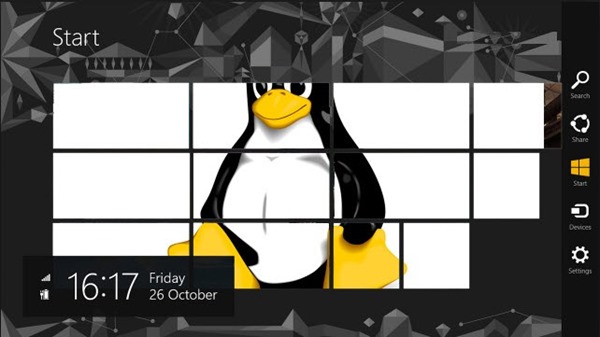

- #Systemrescuecd installer for windows install
- #Systemrescuecd installer for windows drivers
- #Systemrescuecd installer for windows update
- #Systemrescuecd installer for windows Pc
- #Systemrescuecd installer for windows iso
As before, if you don't see a response, it means everything went OK. At the shell, type cp -r /livemnt/boot/drivers /mnt/windows and hit enter. Now that we have access to the Windows drive, we can copy the files. You'll only see a message if something went wrong, so don't be surprised if nothing shows up! If your device was /dev/sda2 you would now type ntfs-3g /dev/sda2 /mnt/windows and hit enter. Once you've figured it out, we can use ntfs-3g to mount the drive and copy files to it. If you're using a single hard disk / SSD, it is likely going to be /dev/sda2. Look for a partition that matches the size of your Windows drive. At the shell prompt, type lsblk and hit enter. Now we need to determine the device name of your Windows drive. After a short while, you'll be dropped into a Linux shell that looks something /root % Just hit enter to accept the default boot method. You'll get a scary looking boot menu if everything went right. Hit F12 or F10 or whatever option lets you boot from your USB drive. Plug the USB drive into your Windows 7 machine and reboot.

#Systemrescuecd installer for windows drivers
The drivers you need will vary based on your motherboard see the support site for your particular motherboard model for the specific drivers you needed. Fill it with all the drivers you need (recommended: network drivers, USB drivers). Make a folder called drivers (make sure it's lower-case!) on the root of your USB drive.
#Systemrescuecd installer for windows iso
iso onto your USB drive and make it bootable. Run Rufus and tick the 'Make bootable' box, then browse to the.
#Systemrescuecd installer for windows Pc
Insert a USB drive into your working PC (warning: all data on the USB drive will be lost!). iso format).ĭownload Rufus, a utility to make bootable USB drives. iso with the necessary drivers as part of the installation procedure.ĭownload the latest version of the SystemRescueCd (make sure it's in. Please note, this guide won't help you if your keyboard and mouse are not functioning! If this is happening, you'll need to do things the "hard" way and create a customized Windows 7. We'll use this to access our hard drive and copy over the necessary files. The System Rescue CD is an awesome bootable Linux distribution that supports USB 3, NTFS and all kinds of other stuff. Thankfully this is pretty easy to solve as long as you have another working computer you can use.
#Systemrescuecd installer for windows install
This poses a problem when trying to use Windows 7 as it lacks USB 3 drivers, so after installation you'll find it's pretty difficult to install video drivers, network drivers, etc when you can't use a USB drive or the internet. With modern chipsets like Intel's Z170, you no longer get native USB 2 ports on the motherboard. SystemRescueCd 1.5.5 is available for download here on Softpedia.Add USB3 drivers to your Windows 7 installation with Linux New boot options: “nodhcp” to disable automatic dhcp in PXE boot and “nonm” to disable the NetworkManager service.Pxebootsrv can be used as an NFS server for PXE booting SystemRescueCd.Support for the NFS filesystem built into the standard 64-bit Linux kernel to fix PXE boot issues.Alternative Linux kernel 2.6.32.14 - 32-bit and 64-bit versions.Standard Linux kernel 2.6.33.05 - 32-bit and 64-bit versions.The program will guide you through the installation progress and you may need administrative rights to complete it. You have to download it along with the ISO and you can run it as it is, there’s no need to install anything. The new script is based on the older “sysresccd-usbstick,” so the same command-line arguments still work.įor Windows users, the developers are providing an installation program. After you mount the image, you can run the script from the root of the ISO. On Linux, you can use the “usb_inst.sh” script available on the ISO image to install SystemRescueCd 1.5.5 to a USB drive. They come with up to date copies of the programs required during the installation so that it works even on system where recent versions of these tools are not installed,” François Dupoux explained in the official announcement. In other words it will be possible to just download the ISO image and run the installer. “ SystemRescueCd-1.5.5 comes with new installers for Linux and Windows that make it easy to install SystemRescueCd on a removable device.

The biggest new additions are new tools to make USB installs easier on both Windows and Linux host machines. It comes with updated kernels and several other changes.
#Systemrescuecd installer for windows update
SystemRescueCd 1.5.5 is the latest update to the Gentoo-based system rescue Linux distro.


 0 kommentar(er)
0 kommentar(er)
